Building a Blogging Platform with MongoDB and Node.js
Blogging has evolved into a powerful medium for sharing knowledge, ideas, and stories online. To create a seamless and dynamic blogging experience, developers often turn to technology stacks that offer flexibility, scalability, and performance. MongoDB, a versatile NoSQL database, and Node.js, a popular server-side JavaScript runtime, form a potent combination for building feature-rich blogging platforms. In this blog post, we'll delve into the process of creating a blogging platform using MongoDB and Node.js, highlighting the advantages of this stack. Additionally, we'll showcase how CloudActive Labs India Pvt Ltd's Hire MongoDB Developer Services can assist you in developing your own blogging platform.
![[object Object]](https://clipl-web1.sgp1.cdn.digitaloceanspaces.com/images/clu85kk5m00514irz4ogv78rk.png )
1. Setting Up the Backend:
- Use Node.js to set up the server-side logic for your blogging platform.
- Utilize Express.js, a Node.js framework, to manage routes, middleware, and request handling.
- Integrate MongoDB as the backend database for storing blog posts, user data, and comments.
2. Designing the Data Schema:
- Define MongoDB schemas for blog posts, users, and comments using Mongoose, an ODM (Object Data Modeling) library for MongoDB.
- Establish relationships between data entities, such as associating users with their authored posts and comments.
3. User Authentication and Authorization:
- Implement user authentication using libraries like Passport.js to enable secure user registration and login.
- Manage user roles and permissions to control access to blog post creation and editing.
![[object Object]](https://clipl-web1.sgp1.cdn.digitaloceanspaces.com/images/clu85gvvd004t4irzgz1cbrbk.png )
4. Creating and Managing Blog Posts:
- Develop endpoints to create, update, delete, and fetch blog posts.
- Store blog content, metadata, and authors' details in MongoDB documents.
5. Commenting and Interaction:
- Allow users to leave comments on blog posts by implementing a commenting system.
- Store comments in MongoDB and associate them with relevant blog posts.
6. Implementing Search and Pagination:
- Use MongoDB's querying capabilities to enable search functionality for blog posts.
- Implement pagination to display blog posts in a user-friendly manner.
![[object Object]](https://clipl-web1.sgp1.cdn.digitaloceanspaces.com/images/clu85letv00534irzg11i1avz.png)
Building a blogging platform with MongoDB and Node.js requires expertise in both backend development and database management. CloudActive Labs India Pvt Ltd offers Hire MongoDB Developer services to guide you in creating a robust and scalable platform.
By partnering with us, you gain access to:
- Skilled Developers: Our MongoDB experts possess hands-on experience in building feature-rich platforms using MongoDB and Node.js.
- Customized Solutions: We tailor the platform's features to match your unique blogging requirements, ensuring a personalized user experience.
- Optimized Performance: Our developers optimize the application's architecture and database queries for efficient data retrieval and seamless user interactions.
Conclusion:
MongoDB and Node.js form a dynamic duo for developing a powerful and user-friendly blogging platform. With MongoDB's flexible data storage and querying capabilities and Node.js's rapid development environment, you can create a platform that offers an engaging and interactive blogging experience. If you're looking to bring your blogging platform idea to life, consider CloudActive Labs India Pvt Ltd's Hire MongoDB Developer Services. To learn more, visit our website at www.cloudactivelabs.com, contact us at [email protected], or give us a call at +91 987 133 9998. Let us help you create a blogging platform that showcases your content and engages your audience effectively.
























